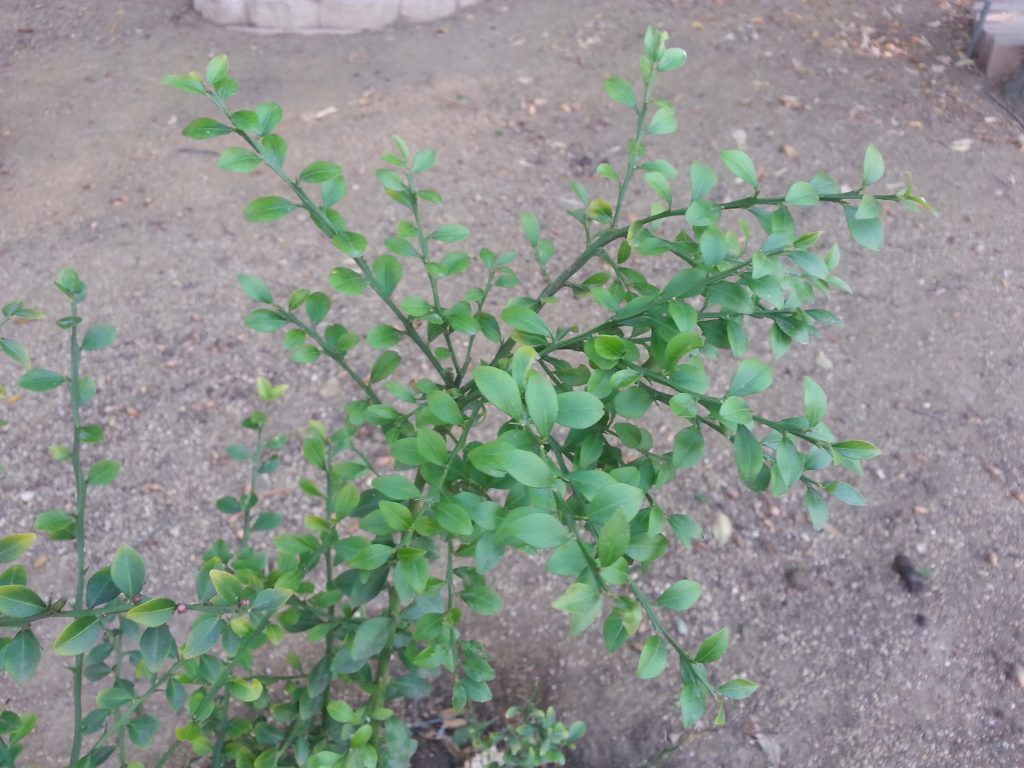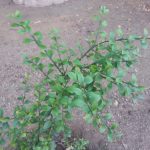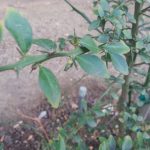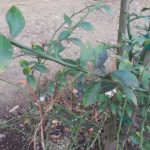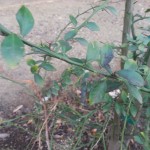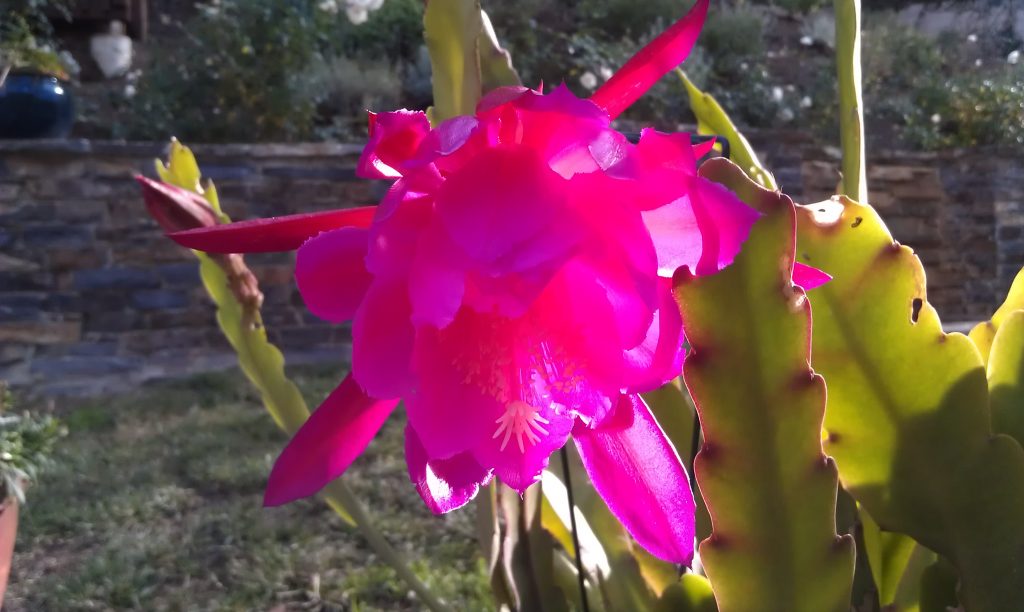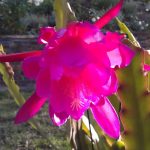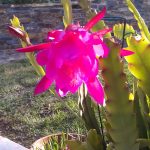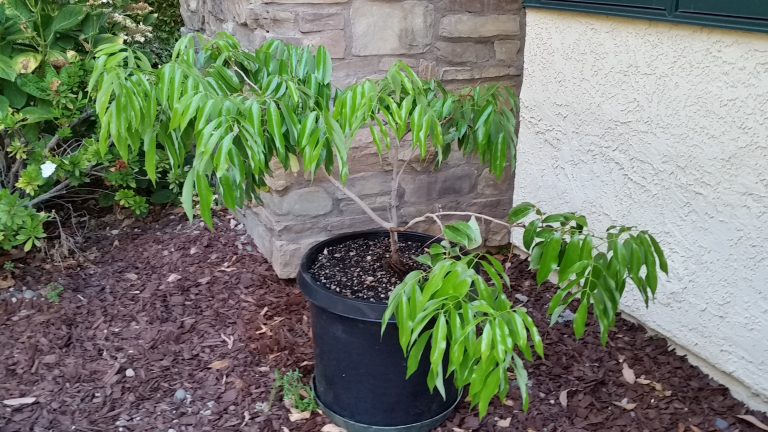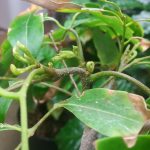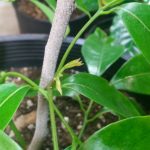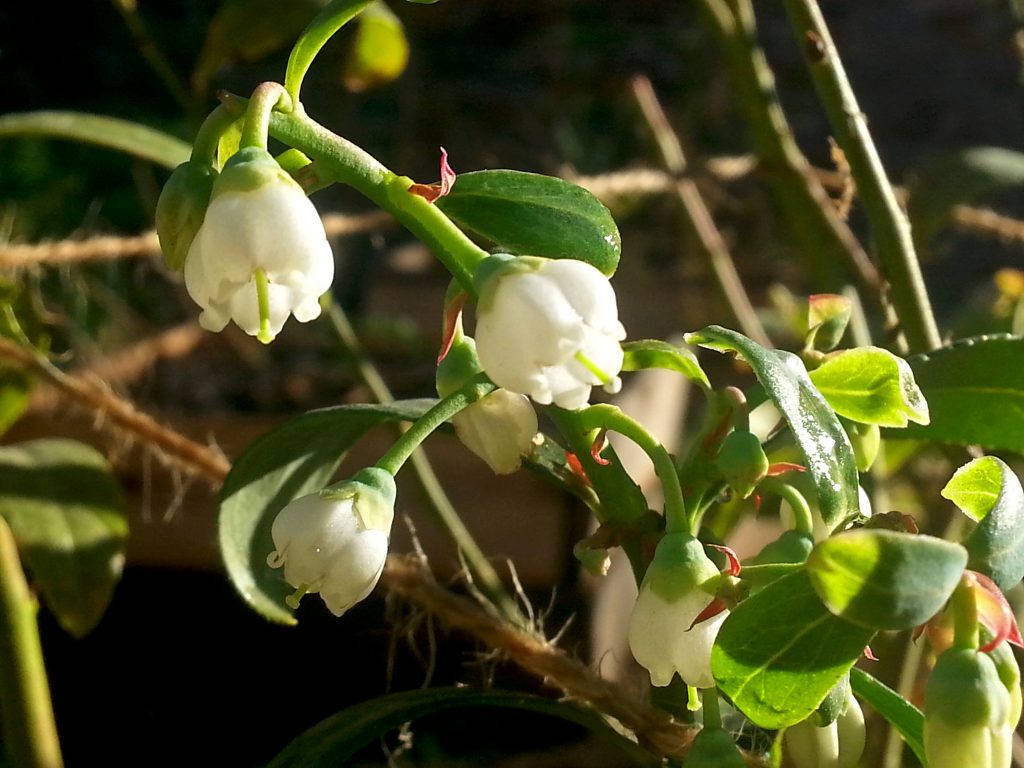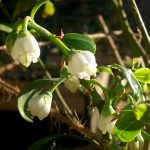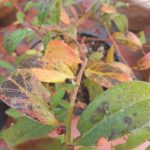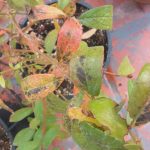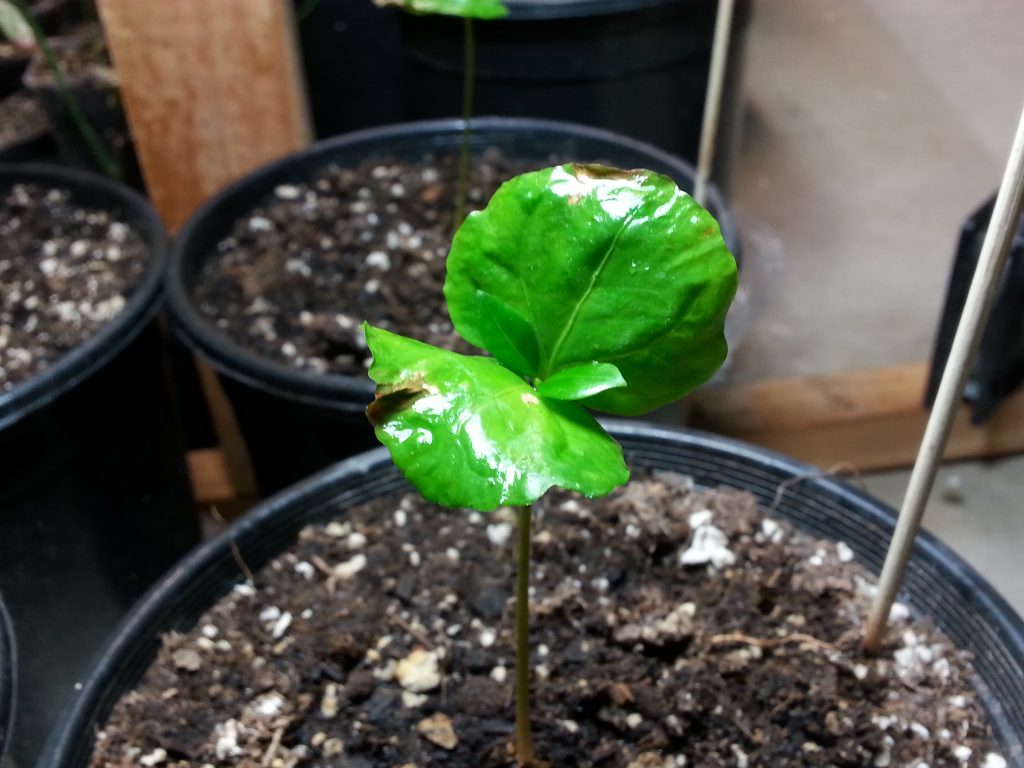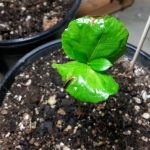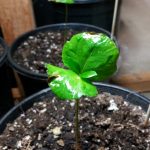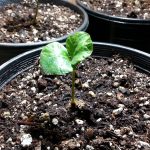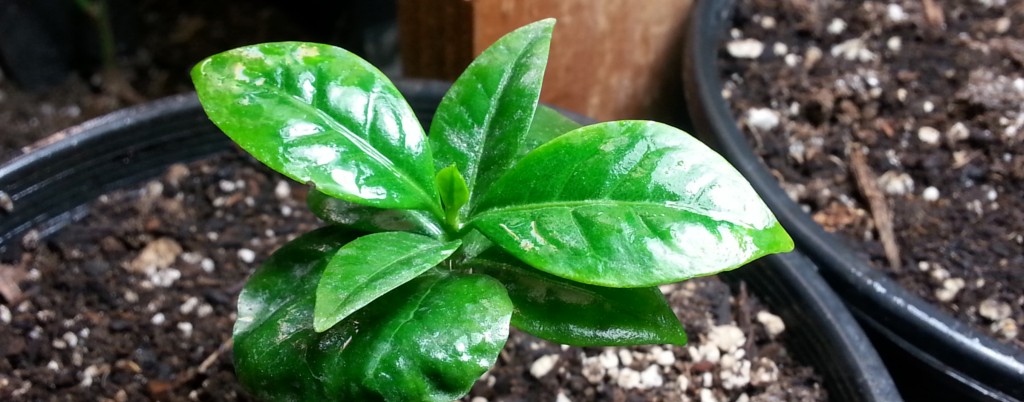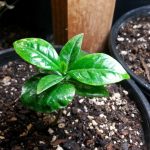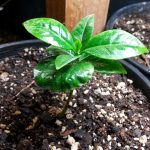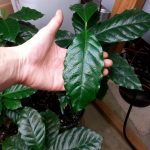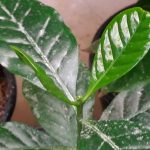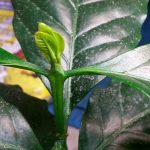Coffea Arabica
A Hen and a Drake Green Teal on the truck bed. Not a limit on anything, but a fun morning out.
The Coffea Arabica is the original and most widely consumed coffee in the world. Arabica coffee accounts for roughly 70% of commercial coffee production today.
While you may consume it daily, it doesn’t have to be the only relationship you have with coffee. The Coffea Arabica plant makes a gorgeous house plant because it does not require direct sun. If you live in a zone 9 climate Arabica coffee can be planted outdoors in filtered sun, but should be protected from frost or cold snap.
Coffee is not very hardy to cold temperatures, and do better in higher humidity. They also love a humus rich soil that drains well. They require good amounts of water, but will not tolerate wet feet.
Coffea Arabica leaves are large and waxy, and the flowers showy and wonderfully scented. They have an appearance similar to gardenias. Not surprisingly gardenias are also in the Rubiaceae, or coffee plant family.
While Coffee Arabica can be pruned back to maintain a specific size and shape, more compact dwarf varieties like, Coffea Catura, may be better suited as a house plant.
Propagation can be done by seed. Age of seed, availability, viability issues, long germination times, varying germination rates, and specific germination conditions, make most coffee varieties difficult plants for most gardeners to grow from seed.
Coffee propagation is easily done from cuttings. Our own Gardenisto coffee propagation experiments have yielded a 100% success rate for Arabica, when grown from cuttings.
